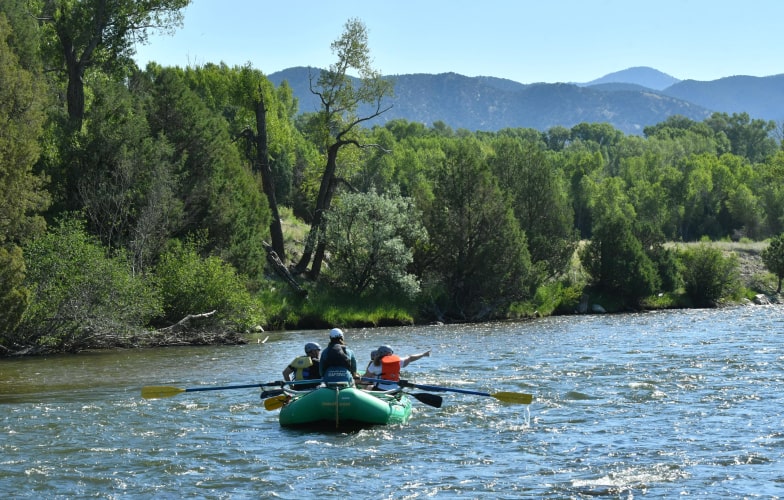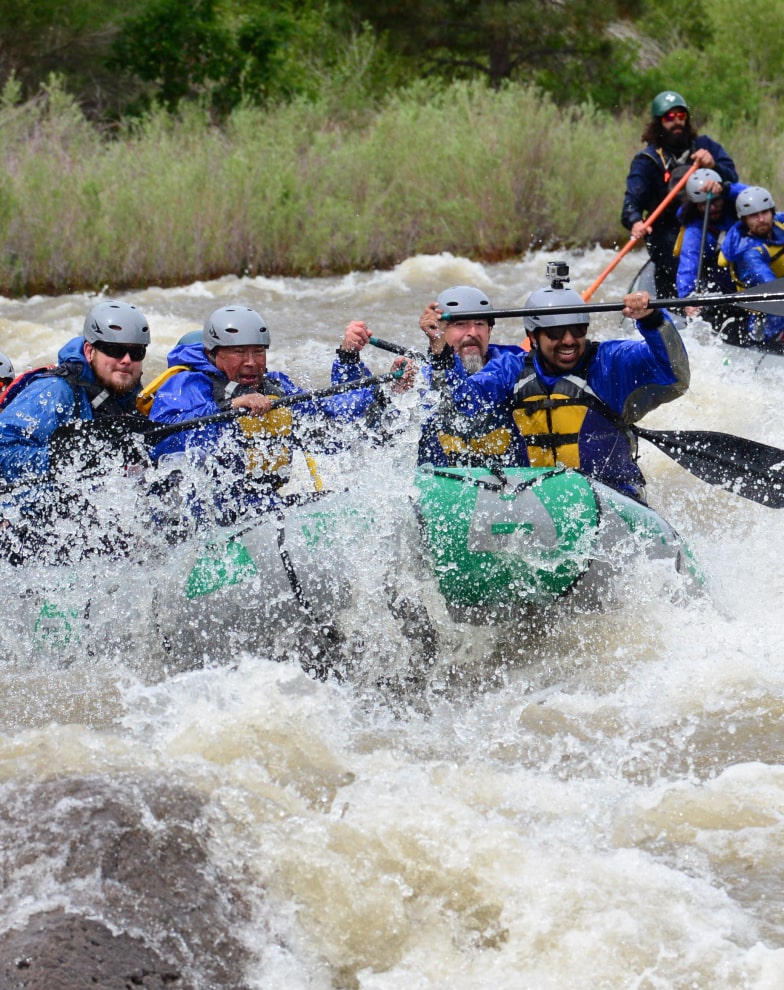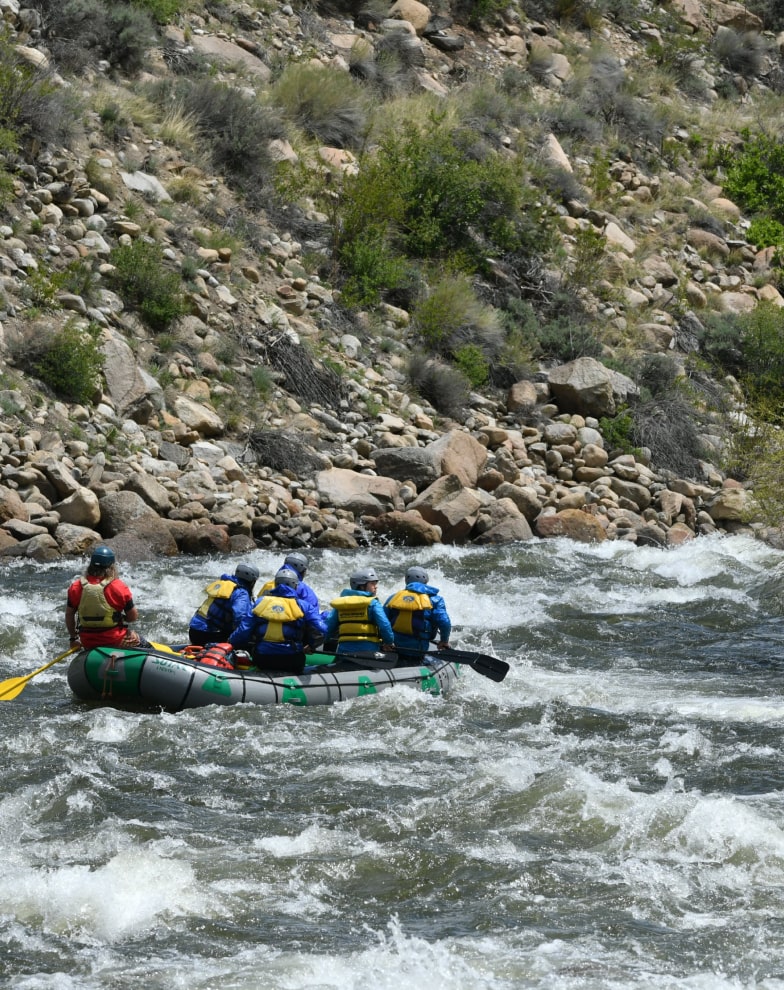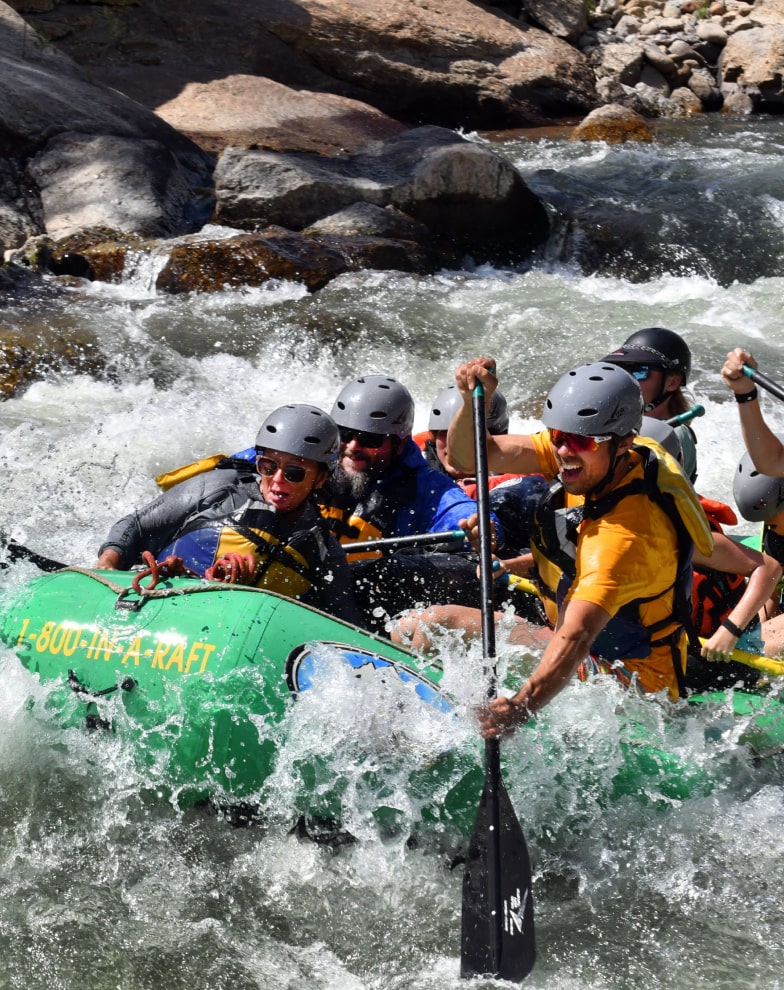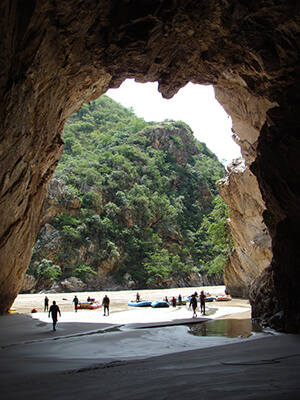
Mid-morning on New Year’s Day, we arrived at Amazon Cavern, which is reminiscent of Redwall Cavern in the Grand Canyon on the Colorado River. It is a sandy-floored alcove big enough for a crowd of people to play Frisbee in, but the rock is igneous and dark, instead of the red sandstone of Redwall Cavern. The floor of the cavern was wet due to the fluctuation of the free-flowing Rio Marañon water levels. It was spectacular and humbling, dwarfing us with its gigantic proportions. It is also the site of another proposed dam. I found it beyond reason that anyone could look at this cavern and think only of submerging it underneath a reservoir. How could their senses be so deadened to the millennium of natural effort from flowing water and sand required to create this masterpiece? Building a dam here would be akin to giving a child a Rembrandt to paint over with finger paints.There is something special about being part of a living river ecosystem; something healing. But a river ecosystem isn’t just an emotionally nourishing place for people. It serves an important role in planetary health, as well. That role requires a flowing river that carries silt downstream to replenish jungle and marsh nutrients, supports fish populations and forests, and provides homes for thousands of interdependent species. Damming that flow causes huge environmental impacts.
According to Sierrarios.org (2015), “In 2010 then-president Alan García signed a pact with Brazil to provide thousands of MW of hydropower for export, declaring the damming of the Marañon ‘in the national interest’.” Twenty dam projects, if constructed, will stop the effective flow of the Rio Marañon: “one hydro dam is planned after another for the entire length of the river in the Andes, leaving little or no free-flowing river” (Sierrarios.org, 2015). The sole purpose of this agreement is to provide hydropower; there is no benefit for residents along the river. Thousands of people will be displaced by the dams, and the ecosystems of the Amazon basin will be irreparably damaged.
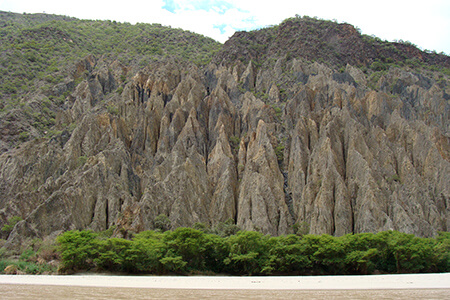
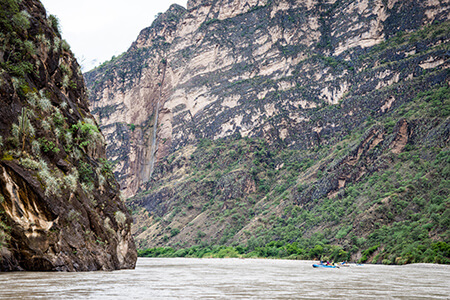
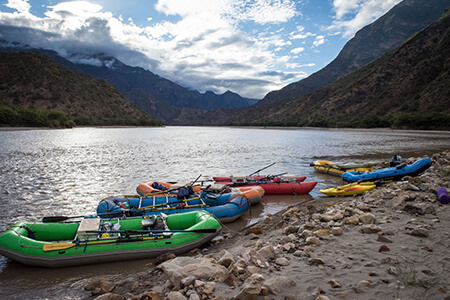
The Rio Marañon is the primary source by volume of the Amazon River. It nourishes the Amazon jungle; it is an artery of the largest rain forest in the world. The proposed dams will further impact the already beleaguered rain forest, altering world climate, food sources and biodiversity.
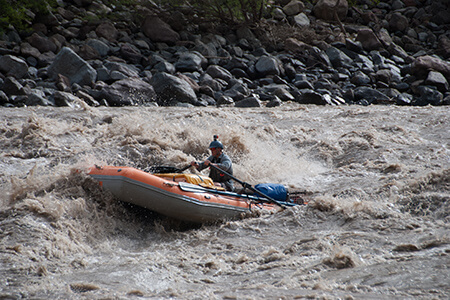
There are important lessons that need to be learned from previous large dam projects around the world. The Three Gorges Dam on the Yangtze River in China provides a stark example. After denying impacts from the dam for decades, “Chinese officials staged a sudden about-face, acknowledging for the first time that the massive hydroelectric dam, sandwiched between breathtaking cliffs on the Yangtze River in central China, may be triggering landslides, altering entire ecosystems and causing other serious environmental problems—and, by extension, endangering the millions who live in its shadow” (Hvistendahl, 2008). Besides repeated landslides, impacts include increases in waterborne disease, declines in biodiversity, and the serious possibility of major earthquakes along fault zones underneath the reservoir. In addition, “the dam further imperils delicate fish populations in the Yangtze” (Hvistendahl, 2008). The dam has even changed climate patterns: “When officials unveiled plans for the dam, they touted its ability to prevent floods downstream. Now, the dam seems to be causing the opposite problem, spurring drought in central and eastern China” (Hvistendahl, 2008).
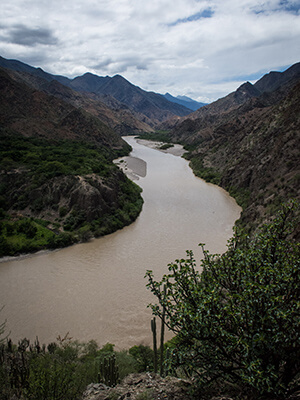
Then there is the intrinsic value of a place like the Rio Marañon, and an ethical choice about what we will leave for future generations. In the United States, 75,000 dams obstruct the flows of rivers. Glen Canyon dam on the Colorado River has sparked a great sense of loss among environmentalists and nature lovers, because it flooded one of the most spectacular and rare canyon systems in the desert southwest. Even former Bureau of Reclamation head Daniel P. Beard recently called the construction of Glen Canyon dam “an historic blunder of monumental proportions” (Trenbeath, 2015). Hetch Hetchy dam in California also flooded an irreplaceable treasure equal to the Yosemite Valley, a tragedy still being mourned a century later. Yet, government leaders in Peru and Brazil have never traveled along the Rio Marañon; they have no idea what a rare jewel they are about to destroy. And they do not understand how wide ranging the environmental repercussions caused by the dams will be to the Amazon basin. If they did, perhaps they would reconsider. How many more of earth’s spectacular places must fall before we decide to protect those that remain? There are so few left.
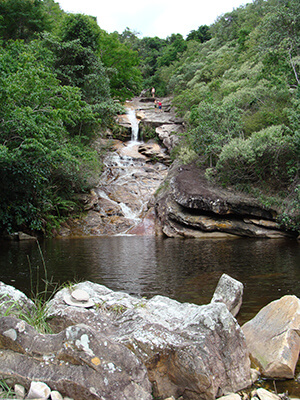
At this point, it is up to the people of Peru and around the world to get the attention of the governments of Peru and Brazil, and show them what is at stake. SierraRios is working to raise awareness about the predicament of the river, and is working to unify the tribes and villagers along the river’s banks in outspoken opposition to these ill-conceived dams. We witnessed the empowerment of the people in Tupén Grande and Tutumberos, and by rafting with SierraRios we became part of the effort to continue spreading the word. There is much work still to be done. Although the Chadin II office is currently closed, there is every indication that it will reopen after the April election, and that development of the dams will continue.
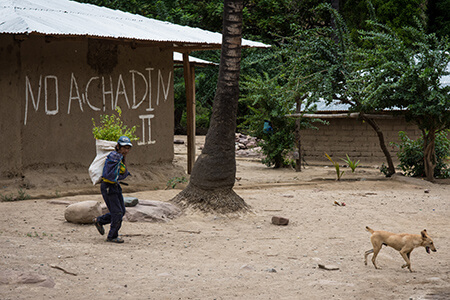
Hydropower projects have a limited lifespan, and there are other less environmentally destructive ways to generate electricity. But the impacts on the important ecosystem of the Rio Marañon will last forever. Peru has another alternative: The Rio Marañon can be protected as a Peruvian and worldwide treasure, generating ecotourism income for Peru, and preserving the environmental health of the Amazon basin for generations to come.
To join the effort to save the Rio Marañon, or to visit the Rio Marañon yourself, contact SierraRios at www.sierrarios.org.
Read more entries in our ten-part series about the Rio Marañon.
References:
Hvistendahl, Mara. March 25, 2008. China’s Three Gorges Dam: An Environmental Catastrophe? Scientific American. Retrieved from https://www.scientificamerican.com/article/chinas-three-gorges-dam-disaster/
